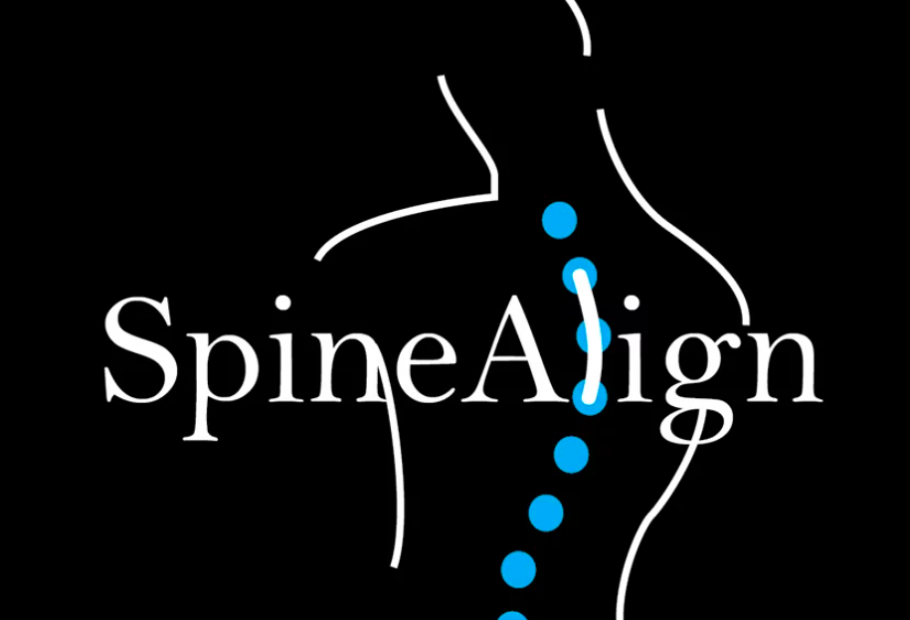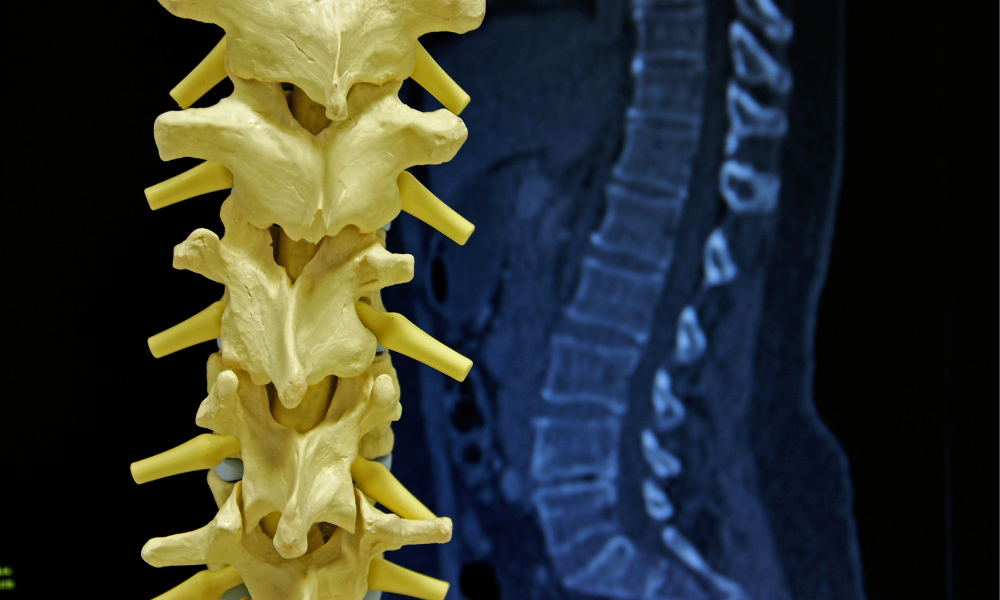
Definition of alignment parameters, severity, and types Radiographs of the patients with the brace were eliminated during the data cleaning. The average and standard deviation of radiographs per patient for training the model were 2♲8 and 0♶9, respectively, while for prospective testing were 2♳0 and 0♷1, respectively. Therefore, the number range of radiographs per patient is 2–4.

Most of the patients had two radiographs (i.e., posteroanterior and lateral radiographs), while a small proportion of the patients have four biplanar radiographs since they were scanned twice before and after wearing braces. After the model was developed, it was tested on 337 prospective cases, which were not involved in training and optimising SpineHRNet+. A total of 1349 cases with biplanar radiographs (both coronal and sagittal) were included, with 1079 cases (74% female age range 10–18) used to train SpineHRNet+ and 270 used for the in-house validation dataset to evaluate the performance. Of the 1542 consecutive patients attending the scoliosis clinic during the study period for SpineHRNet+ development, 185 were excluded because of degenerative deformities but not AIS, and another 8 were excluded due to congenital deformities. The agreements were satisfactory for clinical practice and thus no third assessor was involved. We tested the inter-rater variability of alignments measurements between two surgeons and discovered a small absolute angle difference of 4°–6° (mean = 4♵° ± SD 0♶). The surgeons measured alignment parameters were considered as GT angles to evaluate the alignments prediction performance of our model. Those annotated landmarks were used as GT landmarks to train our AI model for landmark detection. Senior surgeons with more than 20 years’ clinical experience manually annotated the end points of all endplates from the 1st thoracic vertebra to the 1st sacrum as key point landmarks.

The spine alignments recorded as a routine clinical practice were considered as the ground truth (GT).
#33 SPINE ALIGN SOFTWARE#
All patient alignment landmarks were manually annotated by spine surgeons using open-source software (ImageJ version 1.52r). All collected images were anonymised and uploaded to our secure internal server via AlignProCARE. No patient identification information was captured. The involved technicians were instructed to recapture the radiographs using a smartphone or take screenshots of the displayed image, with the imaging plane parallel to the screen. Patients with psychological, systematic neural disorders, congenital deformities, previous spinal operations, any trauma that could impair posture and mobility, and any oncological diseases were excluded. The ethics of this study was approved by the local institutional authority review board (UW15–596), and all participants were required to provide written informed consent before they joined the study. Methods Participants and datasetsĪll deformity patients attending two scoliosis clinics (The Duchess of Kent Children's Hospital at Sandy Bay in Hong Kong Queen Mary Hospital in Pok Fu Lam on Hong Kong Island) from December 2019 to November 2020 were recruited.

Third, SpineHRNet+, with the clinical keypoints displayed, can provide interpretable spine alignment analysis for spine surgeons, yielding evidence for how results were generated.
#33 SPINE ALIGN REGISTRATION#
Second, AlignProCARE is an open platform that can be freely used upon registration using research institute emails to increase the accessibility of auto-analysis. First, the deep learning models were designed and trained using radiographs from a range of sources with varying image quality, including smartphone recaptured radiographs as well as original high-resolution radiographs, to increase the generalizability of our models. The significance of this work is multifaceted. Our platform aimed to provide clinicians with faster and reliable spine measures to assist their clinical practice and facilitate communication with patients. Thus, we developed an open platform termed AlignProCARE, integrating user applications, a data centre, and a backend AI server powered by deep learning models. Particularly when face-to-face contact is restricted, such as under the COVID-19 pandemic, an auto-analysis platform able to tolerate large variations in image quality will greatly assist spine surgeons in making clinical decisions. Given that medical AI has significant advantages in speed and consistency, an easily accessible platform using validated AI models can significantly assist clinicians.

The Lancet Regional Health – Western Pacific.The Lancet Regional Health – Southeast Asia.The Lancet Gastroenterology & Hepatology.


 0 kommentar(er)
0 kommentar(er)
